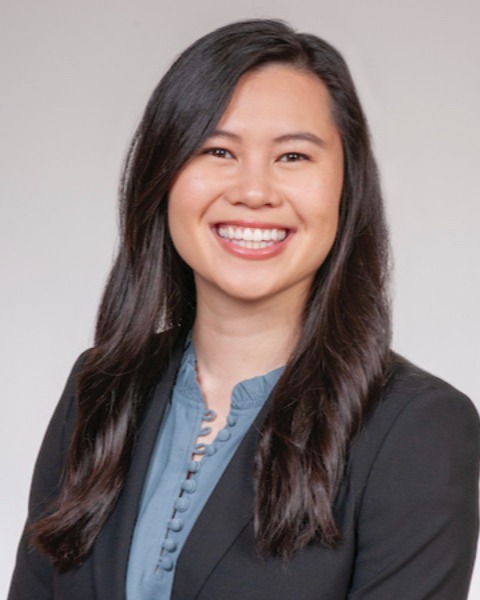Breast
E71: Cause-Specific Survival for Inflammatory Breast Cancer in Hawaii vs. US

Jessica Kieu, MD (she/her/hers)
Resident
Department of Surgery, University of Hawaii
Honolulu, Hawaii, United States
Jessica Kieu, MD (she/her/hers)
Resident
Department of Surgery, University of Hawaii
Honolulu, Hawaii, United States
Jessica Kieu, MD (she/her/hers)
Resident
Department of Surgery, University of Hawaii
Honolulu, Hawaii, United States- BH
Brenda Hernandez, MPH, PhD
Professor
University of Hawaii Cancer Center, United States - JS
Jared Su, MD
Resident
Department of Surgery, University of Hawaii, United States - TI
Toshiaki Iwase, MD, PhD
Assistant professor, Interim Medical Director
University of Hawaii Cancer Center, United States - LL
Lenora Loo, PhD
Associate Professor
University of Hawaii Cancer Center, United States - NU
Naoto Ueno, MD, PhD
Director, Professor
University of Hawaii Cancer Center, United States - XW
Xiaoping Wang, PhD
Associate Professor
University of Hawaii Cancer Center, United States - AM
Ashley Marumoto, MD
Assistant Professor
Department of Surgery, University of Hawaii, United States
ePoster Abstract Author(s)
Submitter(s)
Author(s)
Inflammatory breast cancer (IBC) is a rare, aggressive subtype of breast cancer with epidemiologic characteristics, though data is limited. Surveillance, Epidemiology, and End Results (SEER) data from 1990-2004 demonstrated improved survival in US Asian/Pacific Islander (API) breast cancer patients compared to non-Hispanic White (NHW) regardless of histologic subtype. A single institution study between 2000 and 2018 demonstrated a significantly higher proportion of IBC compared to non-IBC in Pacific Islanders, but significant racial differences were not seen in overall survival among IBC patients. Our study objective was to evaluate recent trends in cause-specific survival (CSS) of IBC patients in Hawaii compared to the overall US population.
Methods:
The SEER database was retrospectively evaluated to assess 5-year survival in female IBC patients diagnosed in 2010-2020. IBC CSS in Hawaii and US patients were compared overall and by race/ethnicity, hormone receptor status, and treatment status using SEER*Stat software with 95% confidence intervals. Non-overlapping 95% confidence intervals were considered significant at the p< 0.05 level.
Results:
A total of 4966 patients were identified (HI 86 vs US 4880). Overall IBC CSS at 12 months was significantly higher in Hawaii at 94.1% (95% CI 86.5-97.5) compared to the US at 84.9% (95% CI 83.8-85.9). By subtype, IBC CSS at 12 months in Hawaii vs. US was significantly greater only in patients in hormone receptor-negative/human epidermal growth receptor 2 negative (HR-/HER2-) breast cancer (HI 100% vs US 73.4%; 95% CI 70.6-76) but not for other subtypes. (Table 1) When radiation was given, 12-month IBC CSS was higher in Hawaii (100%) versus the US (93.3%; 95% CI 92.3-94.2). Aside from 12-month survival, no differences in IBC CSS were seen at other time periods (0 mo, 24 mo, 36 mo, 48 mo, 60 mo) across factors evaluated. No differences in IBC CSS were seen by race/ethnicity, surgery, or chemotherapy status at any time period.
Conclusions:
IBC CSS for the majority of patients in Hawaii is comparable to the US. IBC CSS is greater in Hawaii compared to the US for HR-/HER2- subtype and those who receive radiation but does not exceed 12 months. The aggressive nature of IBC likely accounts for limited survival benefits. Further observational studies are needed to determine other contributing factors and if this survival benefit can be sustained for subgroups of patients.
Learning Objectives:
- Upon completion, participants will be able to identify specific epidemiologic characteristics of inflammatory breast cancer.
- Upon completion, participants will be able to describe recent trends in survival of inflammatory breast cancer patients in Hawaii compared to the overall US population.
- Upon completion, participants will be able to list specific factors that affect survival of inflammatory breast cancer patients in Hawaii compared to the US population.
